Fireflies don’t flourish in clean-cut, over-manicured lawns, and their disappearance is becoming a real concern. These glowing insects are facing population declines and even the threat of extinction, largely due to habitat loss and light pollution. They depend on wild, untamed patches of nature to hide, breed, and lay their eggs. When we mow too often or clear away every fallen leaf, we destroy the moist, shady environments fireflies rely on to survive. Creating a “no-mow” zone is a great start. Let grass grow tall in sections of your yard, and allow fallen leaves or twigs to remain where they land. This kind of loose, natural landscaping gives lightning bugs and other beneficial insects a chance to thrive. The messier the garden looks, the more it feels like home to fireflies.
Choose Native Plants
Fireflies are drawn to native vegetation that supports the food chain and creates a balanced ecosystem. Native plants attract soft-bodied insects like snails and slugs, which firefly larvae love to eat. These plants also provide shelter and help soil retain the moisture that glowing insects need. Unlike ornamental or exotic species, native plants have adapted to local climates and soils. They thrive with less water, fewer chemicals, and less fuss. From native grasses to wildflowers and shrubs, these plants make your garden more welcoming. Consult your local garden center or extension service to find the best species for your area.
Read More: How to Make an Effective Mosquito Traps with Everyday Items
Dim the Lights
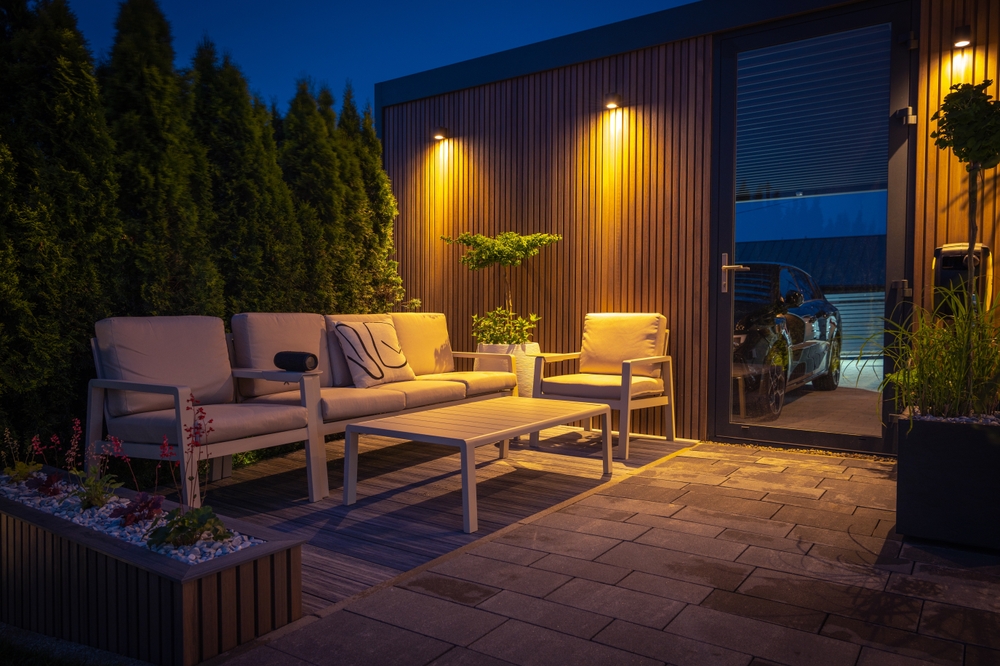
Artificial lighting can severely disrupt fireflies’ mating rituals. These bioluminescent beetles rely on their glow to communicate, especially during summer nights. When your yard is flooded with porch lights, pathway lights, or motion sensors, it drowns out their natural signals. That confusion leads to fewer mating opportunities and smaller firefly populations. Reducing light pollution starts with simple changes: install motion-sensor lights instead of leaving them on all night, use lower-wattage or warm-toned bulbs, and switch off unnecessary lights after dusk. Even placing shields over bulbs to direct light downward can help. A darker yard at night means a better home for fireflies.
Add Moisture to Your Garden
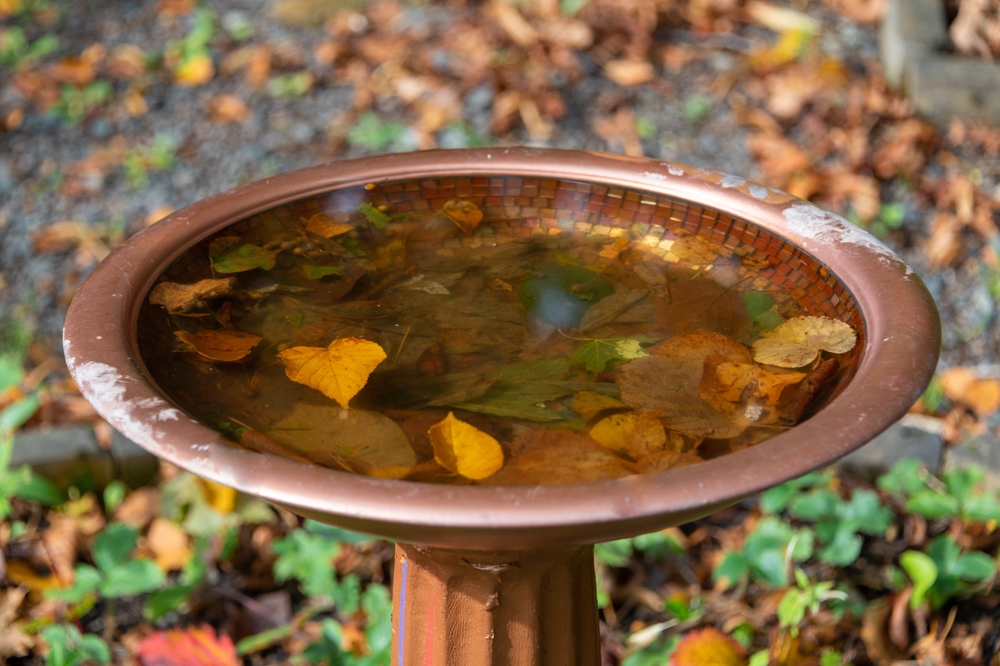
Fireflies need moist environments to thrive. Their larvae develop underground and feed on snails, slugs, and other small insects that live in damp soil. If your yard is too dry, it won’t support these critical life stages. To create a more inviting space, incorporate moisture-retaining features. Spread mulch around plants, leave compost piles undisturbed, and add shallow water elements like birdbaths or small ponds. You can also place logs or stones in shady areas to maintain cool, humid microclimates. These features give lightning bugs safe places to grow and hunt.
Read More: 20+ Mosquito-Repelling Plants to Keep Your Yard Pest-Free
Stop Using Pesticides
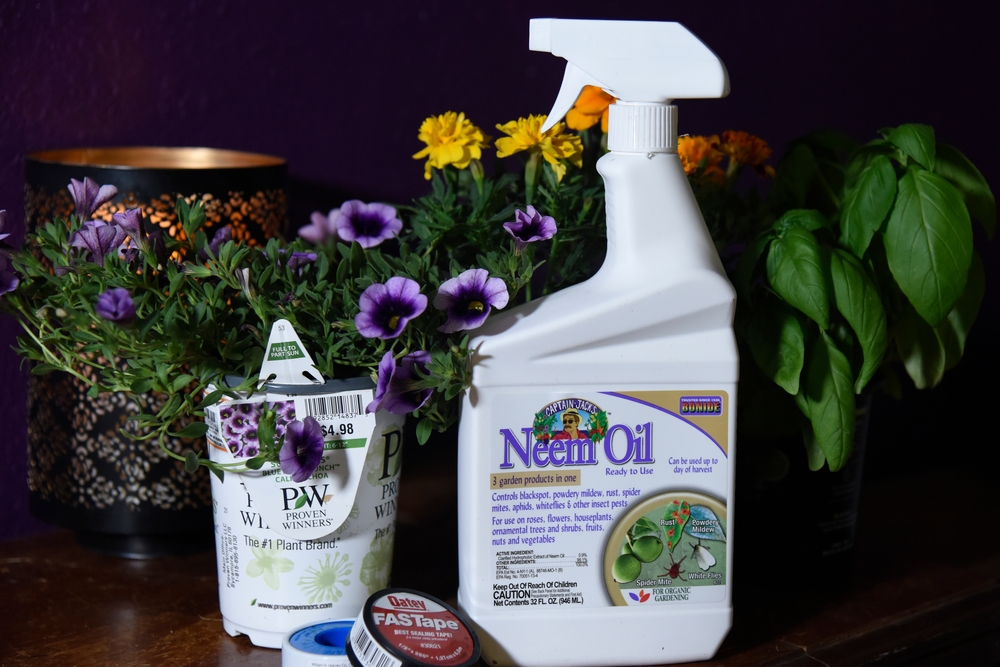
Pesticides pose a serious threat to all insects at every stage of life. Many firefly larvae live underground for one to two years, and even minimal chemical exposure can kill them or disrupt their development. Pesticides also reduce the number of soft-bodied insects like snails and slugs, which lightning bug larvae feed on. Switching to organic gardening methods is a simple and effective way to protect these glowing insects. Use natural pest deterrents such as neem oil or encourage beneficial insects like ladybugs to do the work. Even basic techniques like companion planting can help control pests naturally. A chemical-free yard is not only safer but also healthier for pets, children, and the surrounding ecosystem. The fewer toxins in your yard, the brighter your summer nights could become.
Make a Log or Brush Pile
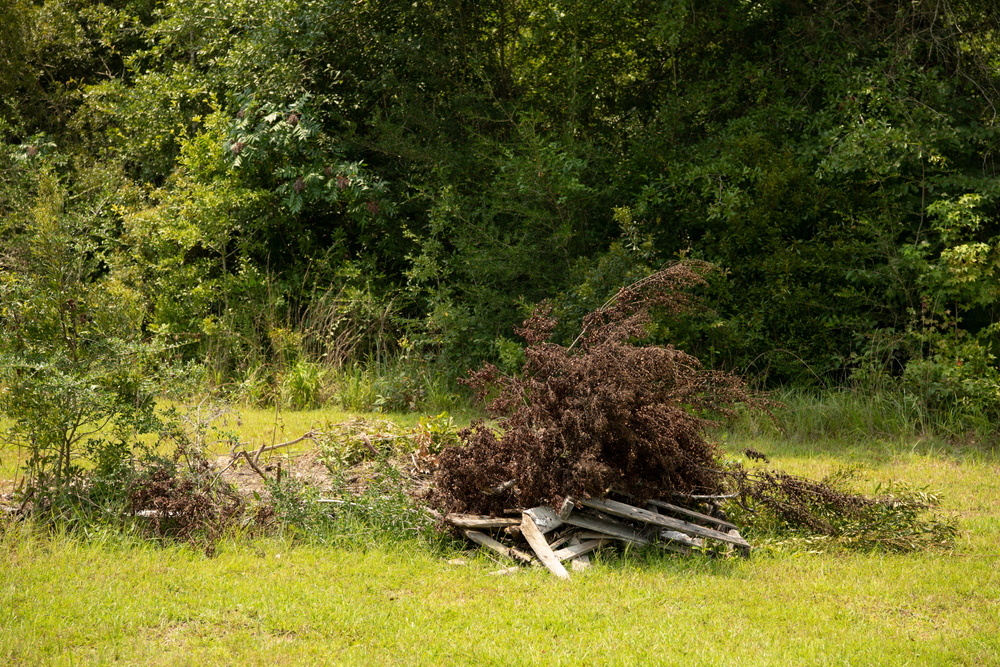
Creating a brush or log pile may not sound glamorous, but it’s one of the best things you can do for wildlife. Fireflies use these piles as shelter during the day and as places to breed and lay eggs. The damp, dark environment found in a pile of branches, logs, or twigs helps retain moisture, which is critical for firefly survival. You don’t need to go overboard, just stack some natural debris in a shaded corner of your yard and let nature take it from there. Over time, this simple addition will also benefit other helpful critters like frogs, beetles, and ground-nesting birds. By mimicking a forest floor, your yard becomes a safe haven for bioluminescent beetles and the broader ecosystem they belong to.
Leave the Leaves
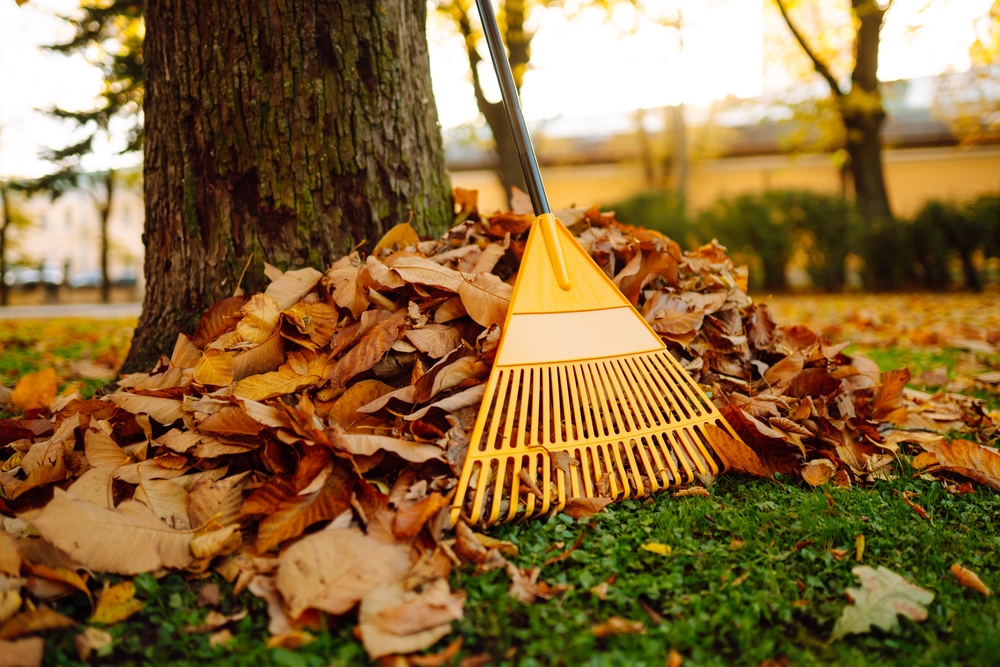
Fireflies often lay eggs in leaf litter, and their larvae feed and grow beneath it. Raking away every leaf removes their home. Instead, gather leaves under trees or in garden beds. As they decompose, they enrich the soil and keep it moist. Fallen leaves aren’t just seasonal debris, they’re essential habitat for insects. Leaf litter helps maintain soil moisture and attracts food sources like snails and slugs. Leaving it in place also supports decomposers that form the base of a healthy food web. This small step can have a big impact on your yard’s ability to support glowing insects. Sometimes, doing less really does more for nature.
Read More: Why Mosquitos But Some People More Than Others
Build a Rain Garden
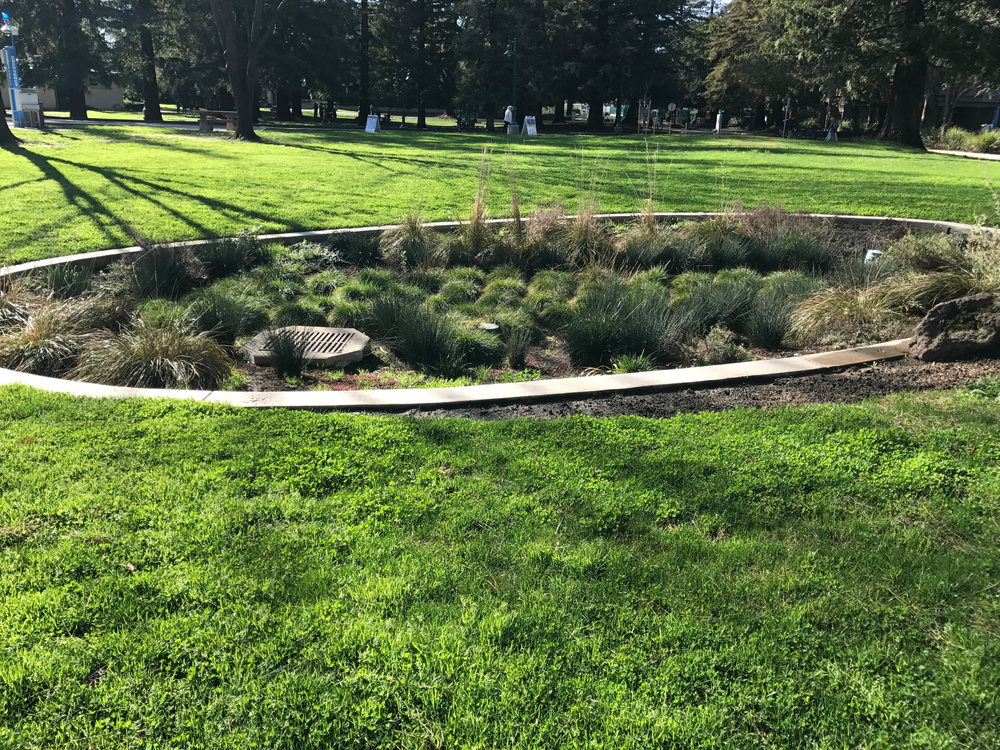
Rain gardens are shallow, landscaped depressions that collect and filter stormwater. They reduce runoff, prevent erosion, and help keep the surrounding soil damp. To create one, identify a spot in your yard where water naturally pools, then plant it with native species that can handle both wet and dry conditions. These gardens support a wide variety of insects and provide a damp, nutrient-rich environment where lightning bugs can thrive. They’re also great for attracting pollinators like butterflies and bees. Once established, a rain garden requires little maintenance and adds natural beauty to your space.
Shrink Your Lawn
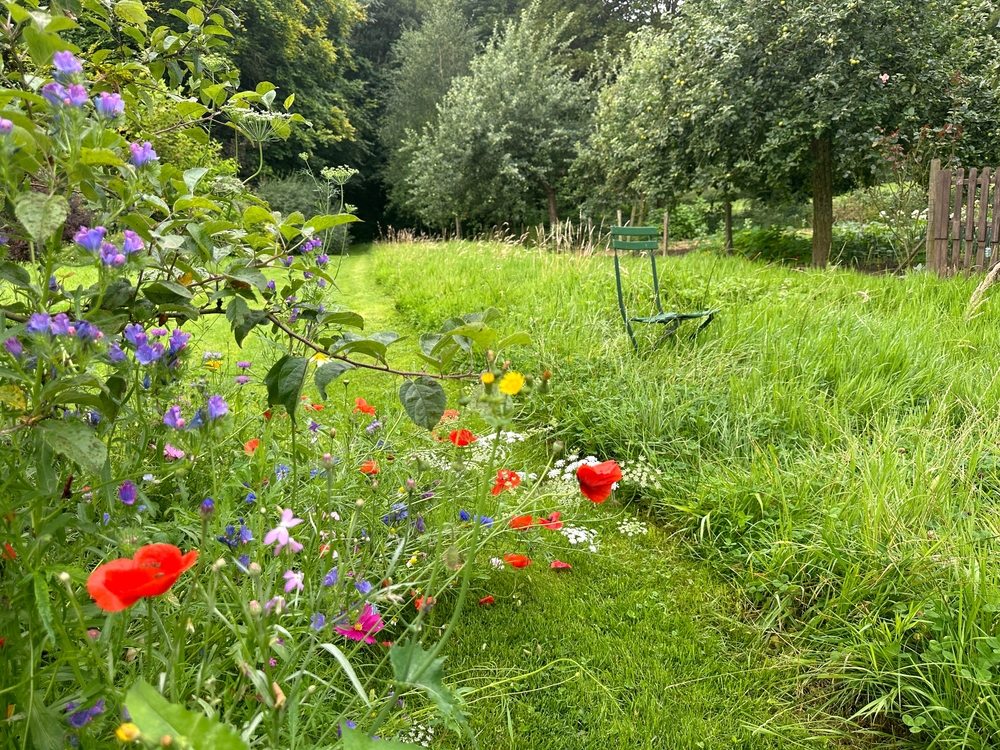
Large, grassy lawns may look neat, but they offer very little to local wildlife. Replacing even a portion of your lawn with native plants, wildflowers, or ground cover can make your yard more inviting. These changes reduce the need for mowing, conserve water, and provide shelter and food for a variety of insects. Consider converting lawn edges, slopes, or corners into native plant beds or letting certain areas go wild. You’ll likely see a wider range of wildlife returning, glowing insects included. A diverse landscape encourages biodiversity, which strengthens the entire local ecosystem.
Read More: 10+ Stunning Images of Mantises Reveal Why This ‘Bug’ Is Actually Insect Royalty
Invite Your Neighbors to Join In

Fireflies don’t recognize fences or property lines. A single yard filled with pesticides or outdoor lights can disrupt an entire local population. That’s why community action matters. Talk to your neighbors about the small changes you’re making and how they can help too. Encourage light reduction during summer evenings, pesticide-free gardening, and planting native species. Organize neighborhood events like a firefly watch night or a native plant swap. The more people involved, the greater the area that supports these glowing insects. Together, you can create a larger, continuous habitat that boosts firefly numbers and brings back the nighttime magic you once enjoyed.
Be Patient, They’ll Return in Time
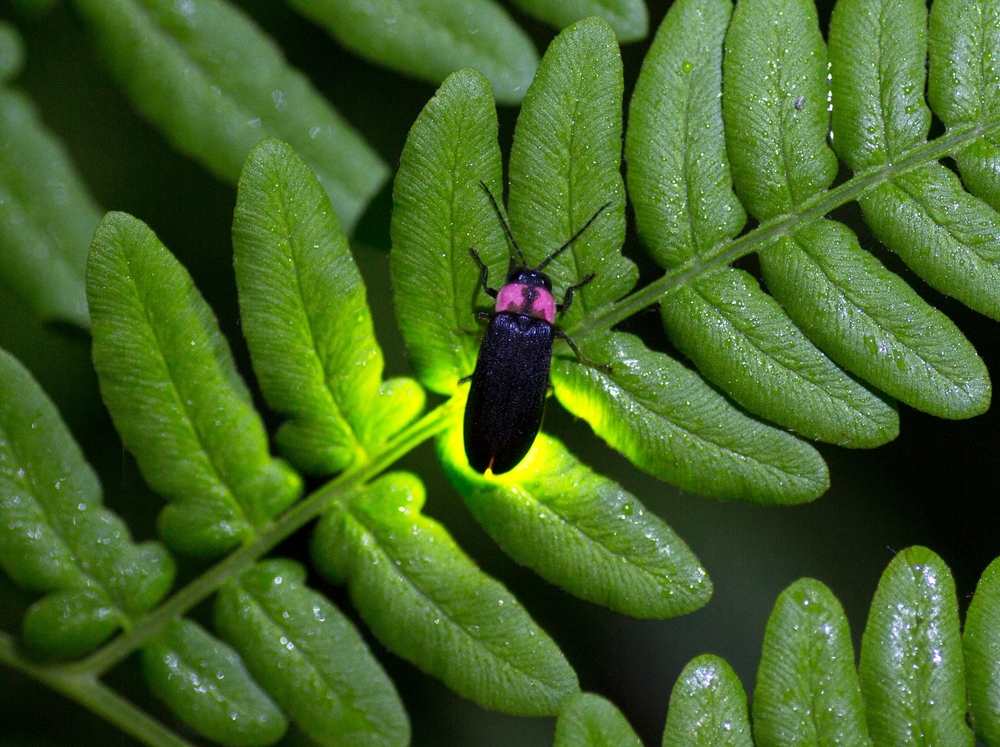
One of the most important things to remember is that firefly populations take time to rebuild. Their life cycle can last up to two years underground before adults emerge to glow. You may not see results immediately after making changes to your yard. But with patience, consistency, and care, fireflies will return. Keep your yard dark, moist, and chemical-free year-round. Avoid large disturbances during the breeding season in late spring and early summer. When you finally spot that first flicker of light in your garden, you’ll know your efforts are paying off. Restoring a single backyard might seem small, but to a firefly, it could be a lifesaver.
Keep the Spark Alive
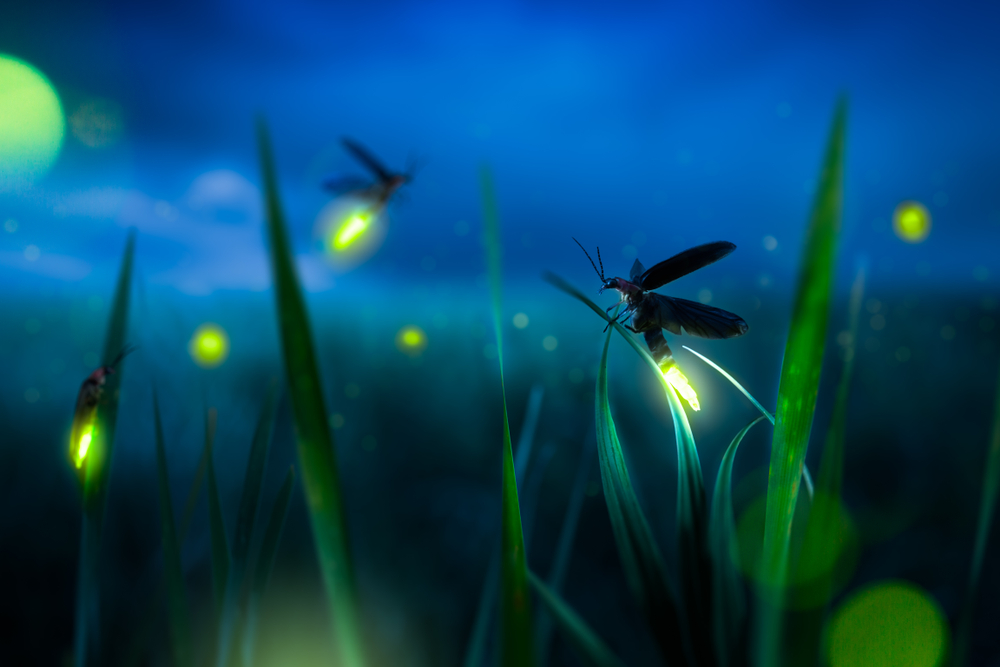
Fireflies are more than just pretty lights, they’re vital parts of the ecosystem. Yet their numbers continue to fall due to human changes to the environment. The good news is that every small action helps. Whether you reduce lighting, stop using pesticides, plant native species, or simply leave the leaves alone, you’re making a difference. Your backyard, however small, can become a haven for glowing insects. And when more people join in, we create safe corridors for them to travel and thrive. Together, we can protect the sparkle of summer nights for generations to come. Let’s keep the spark alive, one yard at a time.
Read More: Dragonflies Can Devour Hundreds of Mosquitoes Daily — Here’s How to Attract Them to Your Yard
